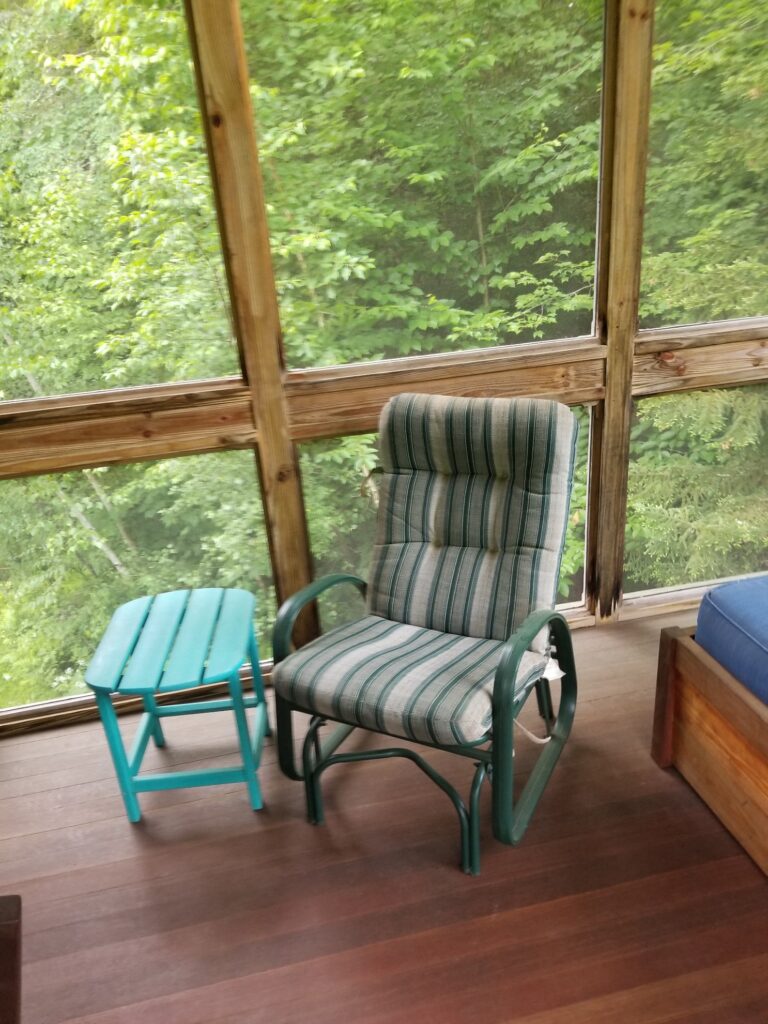Bill McKibben is an author and environmentalist who in 2014 was awarded the Right Livelihood Prize, sometimes called the ‘alternative Nobel.’
His 1989 book The End of Nature is regarded as the first book for a general audience about climate change, and has appeared in 24 languages; he’s gone on to write a dozen more books. A former staff writer for the New Yorker, he writes frequently for a wide variety of publications around the world, including the New York Review of Books, National Geographic, and Rolling Stone.
He lives in the mountains above Lake Champlain with his wife, the writer Sue Halpern, where he spends as much time as possible outdoors . In 2014, biologists honored him by naming a new species of woodland gnat— Megophthalmidia mckibbeni–in his honor.
Each week, we publish a new daily writing routine from a famous author. Subscribe to our newsletter so you don’t miss out!
Thanks so much for taking time out of your busy schedule to talk to us today Bill. To get things started, can you tell us a little bit about your writing career to date?
Well, I began writing for money when I was 13 or 14, covering high school sports for the local newspaper at 25 cents a column inch – which may explain why I sometimes go on a bit. I spent college writing for the college paper; then went to work at the New Yorker writing the Talk of the Town column; after five years I quit and moved to the wilderness, where I wrote my first book, The End of Nature. That was in 1989; I published my twentieth this spring
Wow, your twentieth book, that’s incredible! How do you balance your writing output with climate action responsibilities?
I do my best. There are times I wish for more hours in a day
Can you take us through the creative process behind your recent book, The Flag, the Cross, and the Station Wagon?
I did a lot of research – and for me, that means (and I am aware how old fashioned this is) writing down the facts, quotes etc that I want to use on index cards and putting them in a shoebox. The key part of writing this kind of book for me is to build the outline – that takes a few weeks, and as I do it I get all those cards in order. And then the writing usually comes fairly fast, since in some ways it’s providing transitions. The thinking happens in the outlining
What does a typical writing day look like for you?
When I am writing a book, a couple of thousand words in the morning, and then a lot of outdoor exercise. When I’m not writing a book, my schedule is highly irregular – op-eds and essays and so on. I can write anywhere, any time.

How did the COVID-19 pandemic and lockdowns affect your routine?
It made life a little easier in some ways, because all of a sudden I couldn’t be out traveling the world to do climate organizing, which is the volunteer work that actually takes up most of my time. I have a lot of time to write. And rural Vermont was a very easy place to weather the pandemic
When you’re writing a book, do you have a target word count you like to hit or a certain amount of hours you like to dedicate each day?
Usually about 2,000.
What does your writing workspace look like?
In warm weather it looks like our screened porch. But I can write anywhere. For some reason I’m especially productive on trains, go figure.

Before you go…
Each week, we publish a new writing routine from a famous author. Subscribe to our newsletter so you don’t miss out!



No Comments